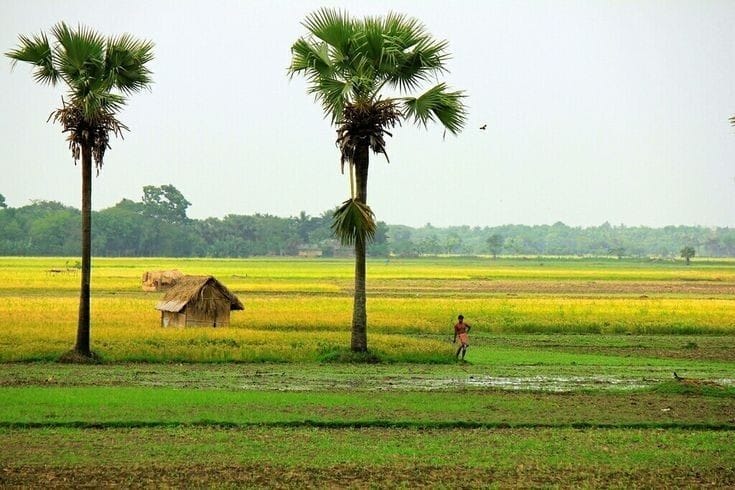Agriculture and farming are the backbone of the Indian economy, employing over half of the country’s workforce and contributing significantly to the nation’s GDP. While agriculture is practiced across the country, it is in India’s villages where the majority of the farming takes place. In this article, we will explore the challenges and opportunities facing agriculture and farming in Indian villages.
One of the biggest challenges facing Indian agriculture is the lack of modernization and technological advancements in farming practices. Many farmers in Indian villages still rely on traditional methods of farming, which can be time-consuming and inefficient. However, there has been a recent push towards modernization, with the government implementing policies and initiatives to promote the use of modern technologies and techniques in agriculture.
Another challenge facing agriculture in Indian villages is the unpredictable nature of the monsoon season. The monsoon season is critical for agriculture, providing the much-needed water for crops. However, changes in climate patterns have resulted in irregular and unpredictable monsoons, leading to droughts and crop failures. This has led to a significant impact on the livelihoods of farmers in Indian villages.
Despite these challenges, there are also significant opportunities for agriculture and farming in Indian villages. India is home to a diverse range of crops, from rice and wheat to spices and tea. There is also a growing demand for organic and sustainable farming practices, which presents an opportunity for farmers to produce high-quality, premium crops that can fetch a premium price in the market.
The Indian government has also implemented a number of initiatives to support agriculture and farming in Indian villages. One such initiative is the Pradhan Mantri Fasal Bima Yojana, a crop insurance scheme that provides financial support to farmers in the event of crop failures. The government has also launched programs to support the development of infrastructure and connectivity in rural areas, which can help to improve access to markets and increase the efficiency of farming practices.
In recent years, there has been a growing interest in the use of technology to improve agriculture in Indian villages. The rise of agritech startups has seen the development of tools and technologies that can help farmers improve their yield and efficiency. For example, there are now apps that can provide farmers with information about weather patterns, crop prices, and market demand, helping them to make informed decisions about their farming practices.
In conclusion, agriculture and farming in Indian villages face a number of challenges, including the lack of modernization and unpredictable monsoons. However, there are also significant opportunities for growth and development, including the demand for premium crops and the use of technology to improve farming practices. With the support of government policies and initiatives, there is great potential for the agriculture sector in Indian villages to thrive and contribute to the country’s economic growth.










